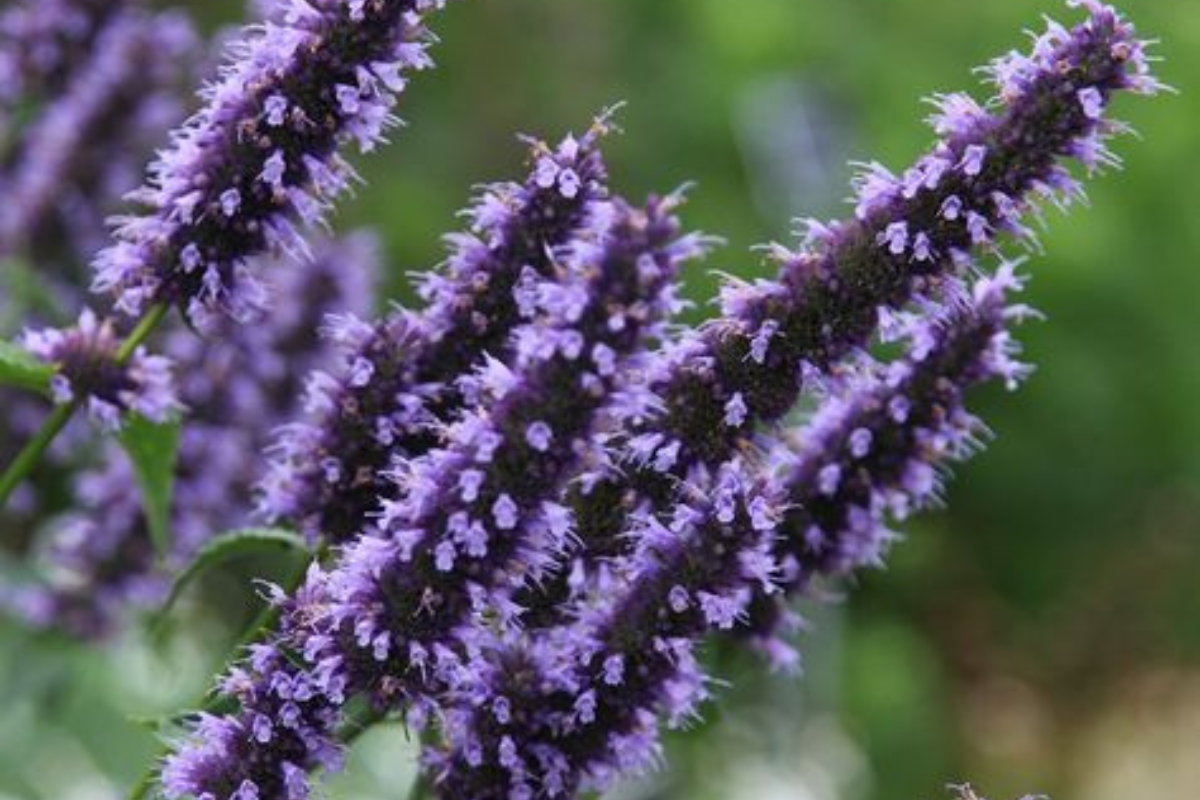Duftnessel, also known as Agastache, is a fragrant plant that attracts butterflies to gardens. It is commonly used as a medicinal and culinary herb, with an aromatic scent reminiscent of anise or fennel.
Characteristics and Origin
- Belongs to the mint family (Lamiaceae).
- Native to North and Central America, with some species from Asia.
- Prefers sunny to partially shaded areas with moderately dry to fresh soils.
- The plant grows between 30–180 cm tall, with mint-like leaves and square stems.
Flowering and Attracting Butterflies
- Blossoms from July to September.
- Colors range from white, pink, and violet to orange and blue.
- Provides nectar for butterflies but has average pollen value.
Popular Varieties
- Asian Agastache (Agastache rugosa):
- Known as Korean mint, grows 70–150 cm tall, and withstands temperatures down to -23°C.
- Mexican Agastache (Agastache mexicana):
- Suitable for container planting; not frost-hardy below -6°C.
- Features unique flower colors like coral and apricot.
- Hybrid Garden Agastache (Agastache rugosa x foeniculum):
- Robust hybrids with winter hardiness up to -23°C.
Planting and Care
- Prefers sandy, nutrient-rich, and well-draining soils.
- Requires occasional watering during dry spells and light fertilization in spring.
- For overwintering, mulch outdoor plants or move potted plants to frost-free areas.
Is it Toxic?
No, Duftnessel is non-toxic to humans and animals. Its leaves and flowers are edible and can be used for teas, salads, and decorations.
